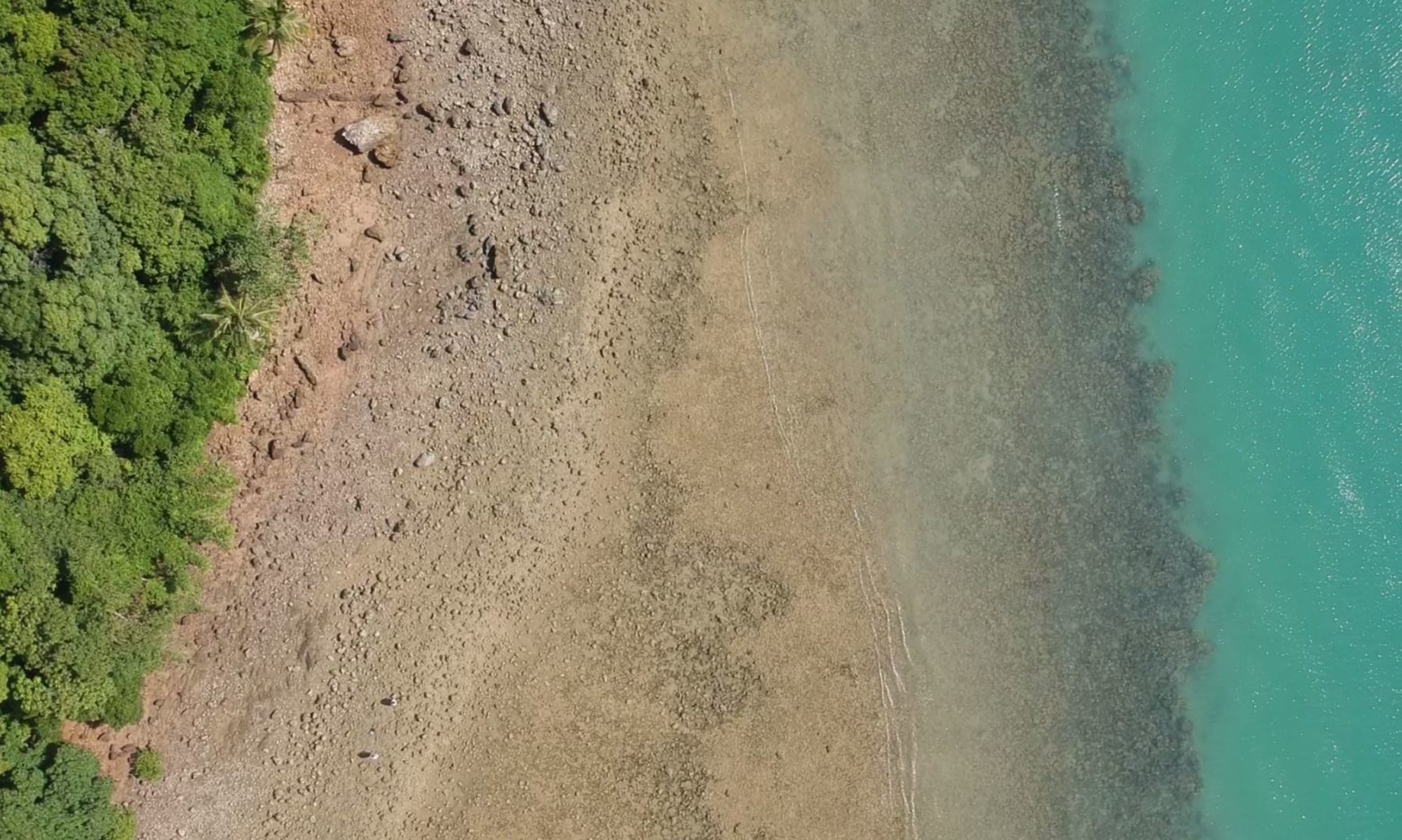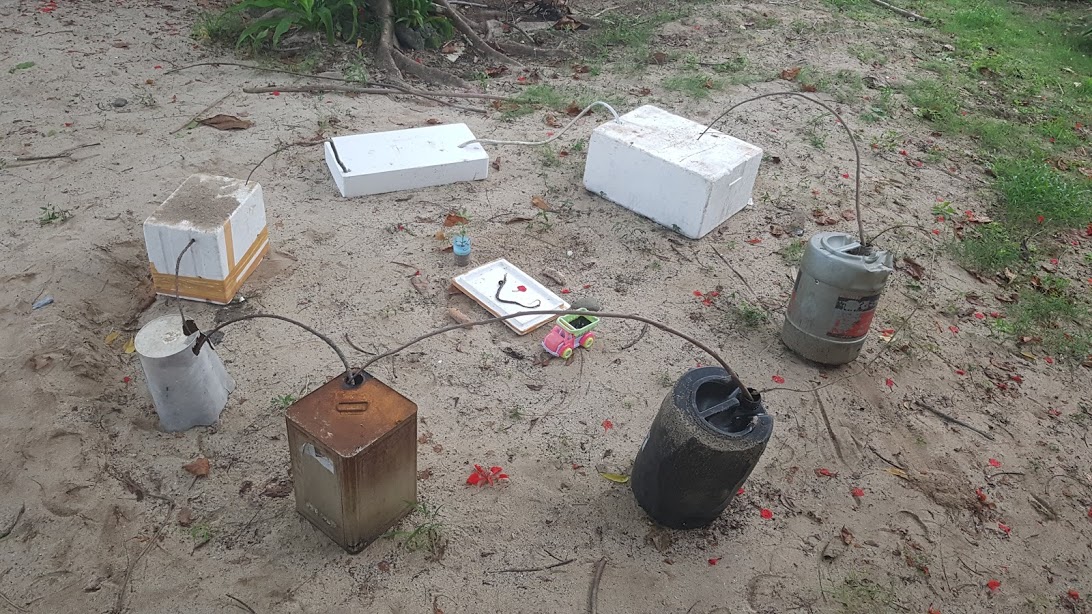For the conference I did a series of projects, exploring different media and formats. I did a series of interviews with other artists/scientists at the event (Sebastian, Pom, Saad, Paivi) and took the footage for what will likely be a couple of short films – neither of these are completed at the moment. I’ve included photos of the installation I did over the 10 days I was there – it’s a Waste Calculator (Foamhenge) – where past land formations and sculptures have measured the sky over time, mine measures the accumulation of junk. In addition, I wrote the text immediately following the images.
Technical Environments
Digital Naturalism Conference 2018
Gilgamesh and his companion Enkidu, after fighting their way to friendship, set out to the Cedar Forest on what will become their first heroic adventure. They seek out the monster that guards this forest, Humbaba. When they find him, Gilgamesh offers up Humbaba his sisters as companions for Humbaba and when during the discussion the monster’s guard is down, hits and contains him. Humbaba pleads for clemency, but little heed is given and when he tries to escape Enkidu decapitates him. Victorious, the heroes bring the head Enlil gets pissed, reminds the pair of everything Humbaba protected – Humbaba should have “eaten the bread that you eat, and should have drunk the water that you drink! He should have been honored.” This episode illustrates at least a couple relationships with the forest – Enlil’s and the one shared by Gilgamesh and Enkidu. The conversation about it comes about with action by the characters: the protective sphere of the forest becomes an epistemological explanation in the wake of anthropic interaction. We might ask how to think about the forest for the trees, how the story’s interesting take on a narrative trope gives us purchase to reflect on the roles such entities might play in a relationship, whether we lived through it or imagined it. We might use this as a jumping off to be thinking the conjunction of human manipulation and the space in which our niches work. Tauber (2008) moves the question of immunology and cognition into an environmental and inhuman space. Here there is no “nature” preserved and purely isolated from human contamination, there is instead a move to comparative systems that extends the human situation and reflects on its analogues. Our immunocognitive paradigm is one that cannot denaturalize a human material underpinning, but that seriously benefits from a perspective that admits that the entirety of material being is one within an ecology. What it does, how it does it, what the genesis of those mechanisms are, is all deeply tied to a context that both gives place to physiologies and then later reflects them. Atlan and Cohen (1998) focus on how this physiology manifests cognition. A cybernetic model is explored that posits a self-organizing logic over the organismal structure creating meaning. The body’s spatial relationship is a priori imbued with a technical rationality in terms of situated being. Hayles (2008) might term this a mode of posthuman embodiment. That both the technical implies the biological and realization of our physical vehicle does nothing to eliminate the fabricated world around us. This picture is then grounded in Goodley, Lawthorn and Cole (2014) as one where the marginality of that body gets to the core of what a posthuman planet is – nature beyond humans, nature after humans, in every case the stakes of that connection is born out. Ecological problems are not so for the many species far more resilient than us, far less for the planet – they are a problem for us, our own cultures, our survival, the place that may or may not be for ourselves. Geopolitics in the simplest sense is a
question of how well we allow ourselves to exist on the planet – what organizations are at play and where are they failing in terms of what social existences can do. One way to read the Gilgamesh/Enkidu/Humbaba/Enlil episode is as an inversion of the classic hero vs monster scenario – the monster also has a subjectivity, the hero may be the real monster, good and bad isn’t as simply as you think, maybe don’t go killing people in the forest you don’t really know, etc. But further than this we can think about the characters as icons for thinking technical environments – that is, what are some dramatizations of possible linkages between humans and the plant world. In Humbaba and Enlil’s world, a role of protection is explored, life balance is one facilitated by anthropic preservational tactics. In that of Gilgamesh/Enkidu, it is a trailblazing and upsetting of realms unknown, a dethroning of a human and a setting into the chaos of spaces where humans are few and plants many. In either case, the natural perspective is in complex dialogue with the picturer and intervener – the story agent that holds the techne for invention of natural concepts. Also at the core of this is the question and choice of what perspective we are to have in this space. We might think through an Aristotelian mode, or that of Wang Chong, that could couple robust knowledge collection with an encyclopedic framework. For Otto Neurath, the encyclopedic mode is tied to socialist revolution grounded by a reassertion of scientific ways of thought. Here we are arguably rehashing the dynamics of European concerns for renovated epistemologies as evidenced earlier in the thought of Margaret Cavendish and Voltaire. For Cavendish a scientifically reoriented perspective allows for poetic and cultural modes informed by questions of physics and materialism. For Voltaire, insular empiricism and science fiction allow for societal critique in the name of knowledge revolution. In each case we can speak of moves related to an enlightenment cause that sees social issues rooted in rethinking what our best knowledge is, and creatively advocating for that. In each case, inventive assertion towards the world, thinking about how well we know it, how we can know it better, and what principles can be drawn from such an investigation. Knowing our contextual space, is not a matter of isolationg or withdrawl, but one of engagement, taking positions and seeking out the dialogue for a sustainability within presence and intervention. Ultimately we can argue that this begs for a kind of socially-minded knowledge revolution (Chattopadhyaya 1985) or a rupture in the episteme that has come to occupy our rational complacency (Bachelard 2002). Regardless what everyone in the Gilgamesh tale was confronted with was the deep question of how our pretended knowledge leads to interaction. What do we think we know about the world, and how do we as a consequence act in it? The story’s author arguably uses that episode to provide some accountability to the dark sides of human narrativity – that is to say they strive to think about what is beyond and after humans. Whatever the answer it seems this committed engagement is an indelible component of not retreating from the inquiry, and that a multiple language of art can contribute to a robustness in its analyses – richer hypothetical pictures giving place to more proximate questioning.
Atlan, H., & Cohen, I. R. (1998). Immune information, self-organization and meaning. International immunology, 10(6), 711-717. Bachelard, G. (2002). The Formation of the Scientific Mind a Contribution to a Psychoanalysis of Objective Knowledge. Chattopadhyaya, D. (1985). Knowledge and Intervention: a Study in Society & Consciousness. Goodley, D., Lawthom, R., & Cole, K. R. (2014). Posthuman disability studies. Subjectivity, 7(4), 342-361. Hayles, N. K. (2008). How we became posthuman: Virtual bodies in cybernetics, literature, and informatics. University of Chicago Press. Tauber, A. I. (2008). The immune system and its ecology. Philosophy of Science, 75(2), 224-245







